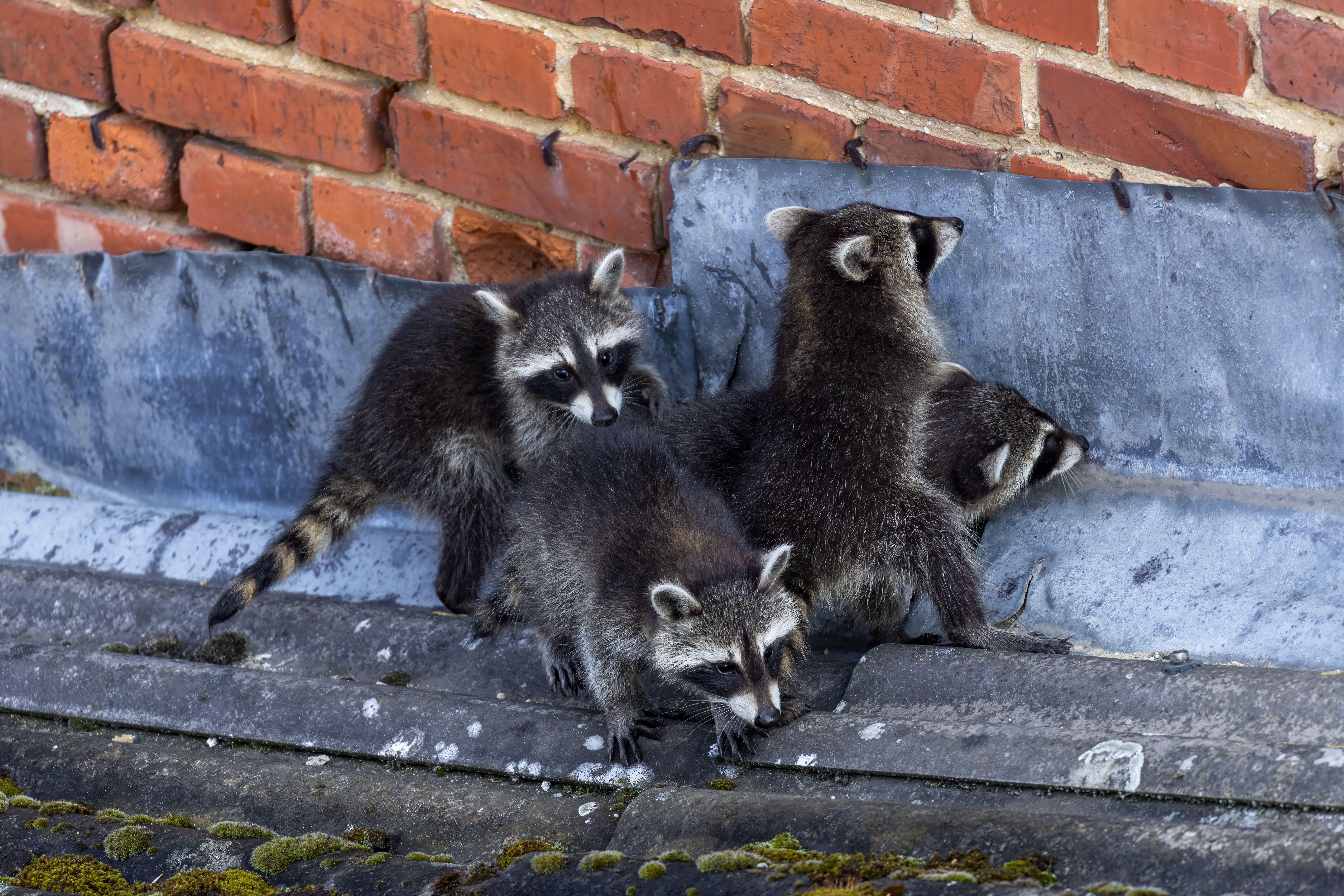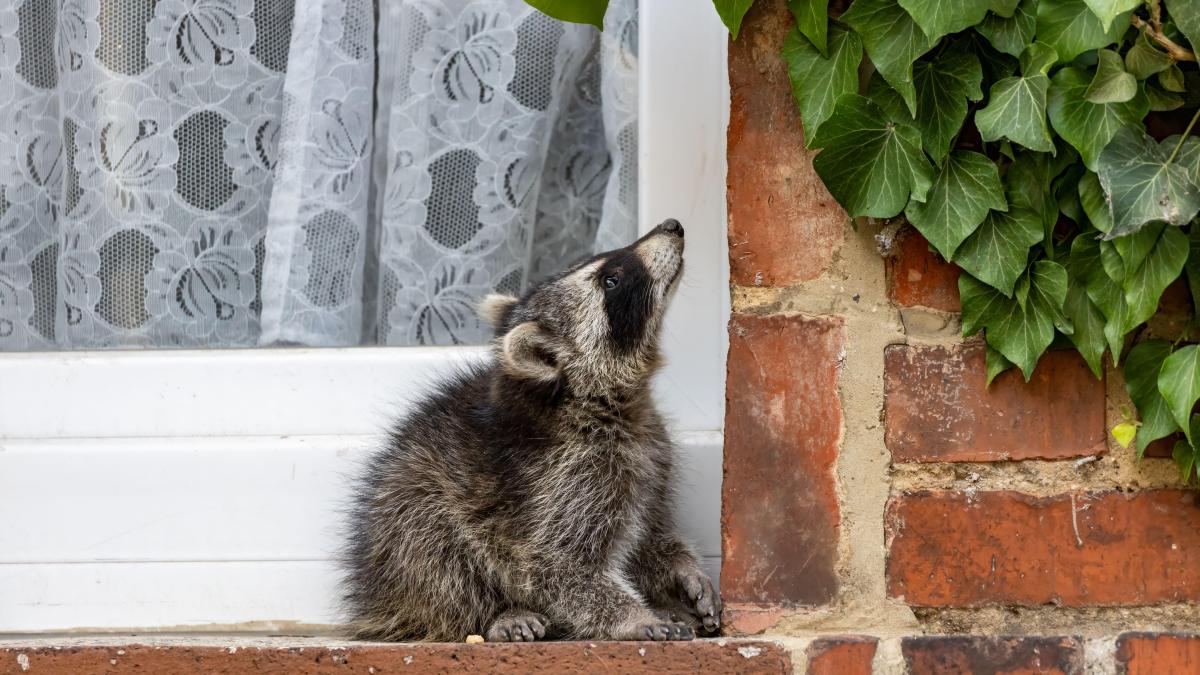When a German city overrun with 30,000 raccoons — descendants of animals released during the Third Reich — chose strawberry jam over bullets as a means of population control, the move was hailed as humane and just.
However, the plan in Kassel, often described as “Europe’s raccoon capital”, to lure the furry predators with sweet sandwiches, trap them in boxes, sterilise them and release them, has been derailed by complaints from local hunters.
The pilot project, which started in August and was meant to run for three years, was intended to lead to a population reduction of 20 per cent over time as the released raccoons would keep newcomers off their turf in the city, but would not be able to procreate.
It was devised as an alternative to shooting them, which is difficult in urban areas because of the risk of collateral damage.
At first, nine raccoons, which seem to adore the smell of strawberry jam, were quickly caught in purpose-built boxes, put under the knife and released with yellow buttons attached to their ears to identify them.
The programme was popular. Kassel has 25 times more raccoons than any other city in Germany and has to contend with them raiding dustbins, breaking into attics and urinating over costumes in the prop store of a local theatre.
Yet after the state hunting federation voiced objections, the regional government of Hesse has halted the project, saying that the measure needed approval from the local administration’s conservation authority.
The hunters had argued that while shooting raccoons was lawful, performing surgery on them was unacceptable from an animal rights point of view and required approval from a senior veterinary authority.
“We deeply regret this situation,” Heiko Lehmkuhl, head of Kassel’s public order office, said. “In the run-up to the project, numerous discussions at the technical level had revealed no objections to the capture and subsequent veterinary sterilisation of raccoons. We hope that the project can be resumed in the near future.”
The city had backed the project enthusiastically and thought it could be a model for other regions.
Kassel has a love-hate relationship with the species, which has become the city’s unofficial mascot. Souvenir shops sell furry raccoon toys, T-shirts and fridge magnets.

Raccoons are native to North America and were introduced to Europe over a century ago, mainly to be bred in fur farms. Some escaped, others were released and because they have no natural predators their population in Germany is now estimated at about two million. Hunters cull 200,000 a year.
The circumstances of their release into the wild has earned them the description “Nazi raccoons” but historians have disputed reports that their release was ordered by Hermann Goering, though some were released during his tenure.
Goering was appointed by Hitler as Reichsjägermeister (chief hunter), Reichsforstmeister (forestry chief) and supreme commissioner for nature conservation in 1934. That year, on April 12, the local forestry chief Wilhelm Freiherr Sittich von Berlepsch released two pairs into the wild at the Edersee dam “to enrich the domestic fauna” and hunt them.
They multiplied and migrated along the banks of the rivers Eder and Fulda to Kassel, rich in gardens and parks yet densely populated enough to offer ample food.
Conservationists warn that raccoons pose a threat to domestic species. They throw young birds out of their nests and devour large numbers of endangered amphibians and reptiles.
In Germany their shenanigans generate regular headlines. One triggered an explosion by trespassing into a power station. One scaled a crane and settled into the cab, forcing police to climb 40 metres to catch it. One lapped up dregs of mulled wine and wandered around a Christmas market drunk.
One local butcher, in an attempt to incentivise population control, has turned them into sausages and meatballs.

